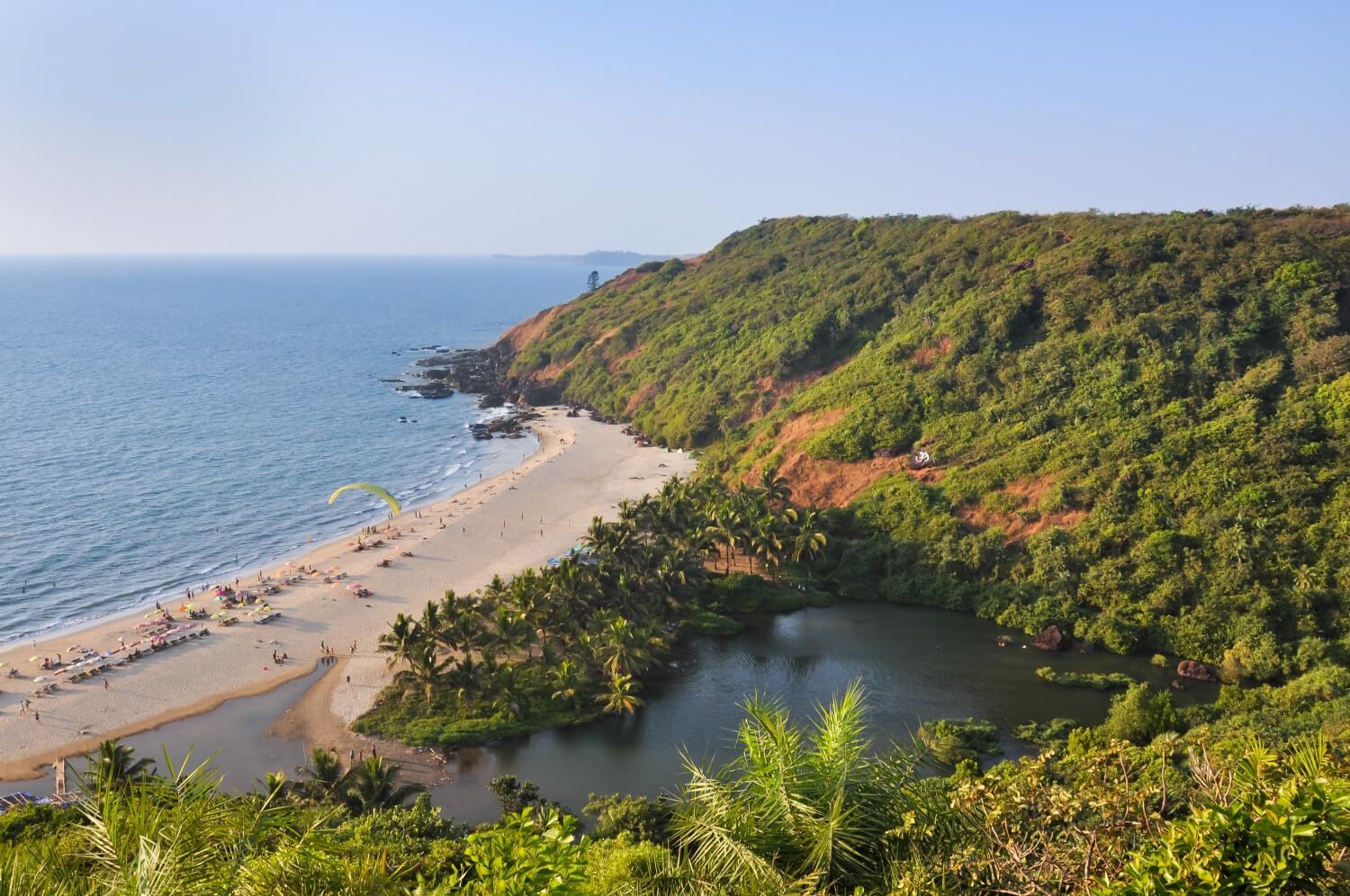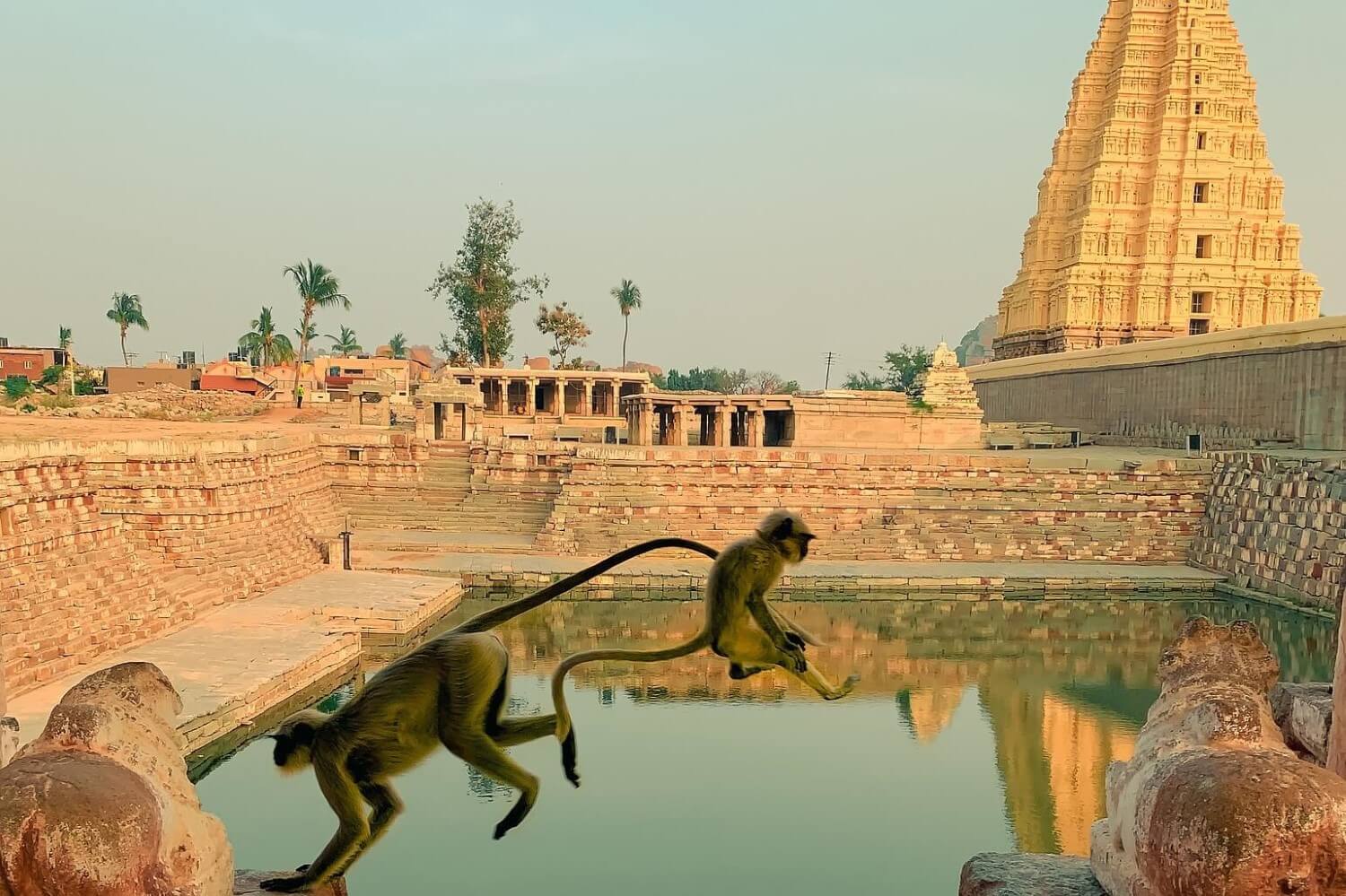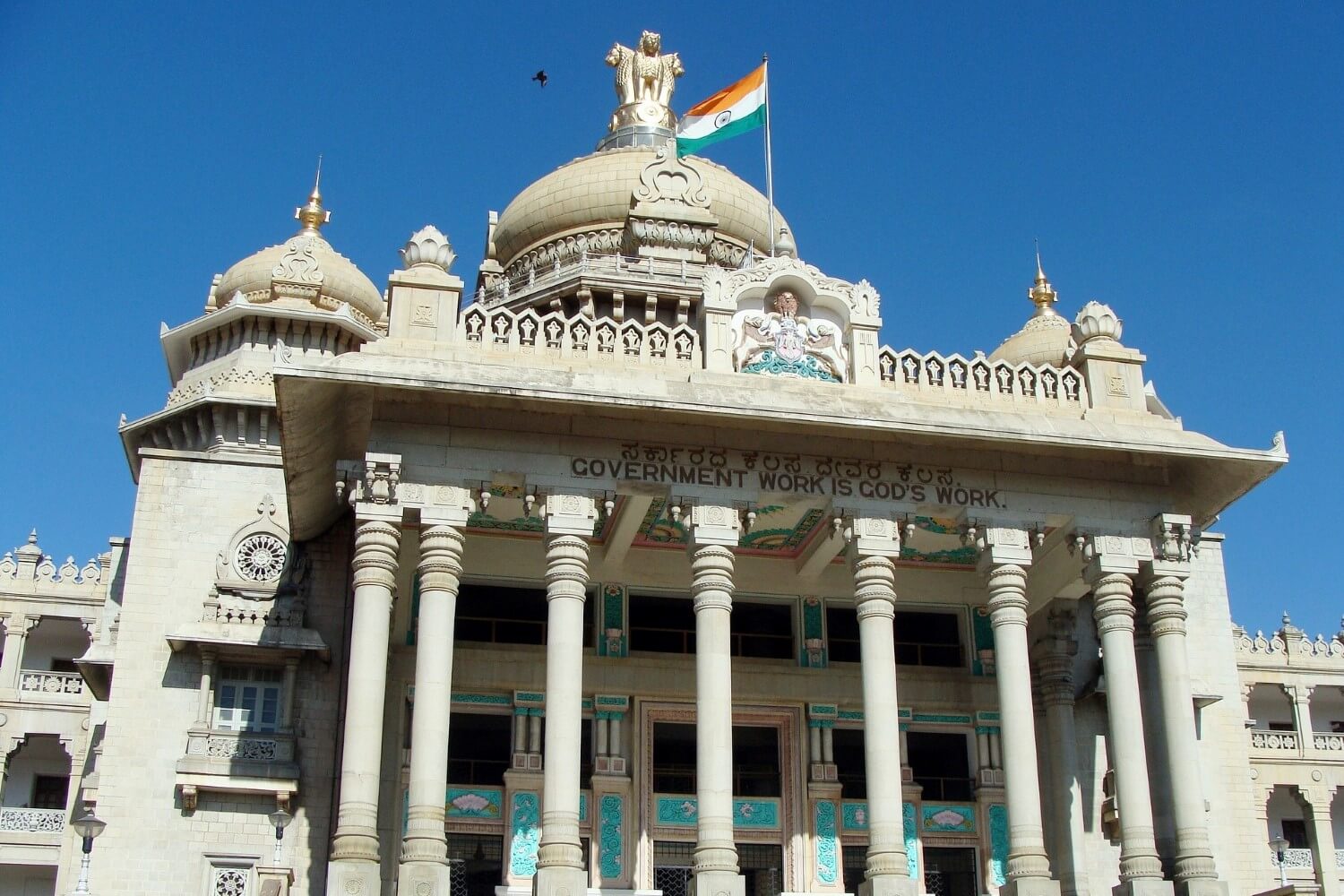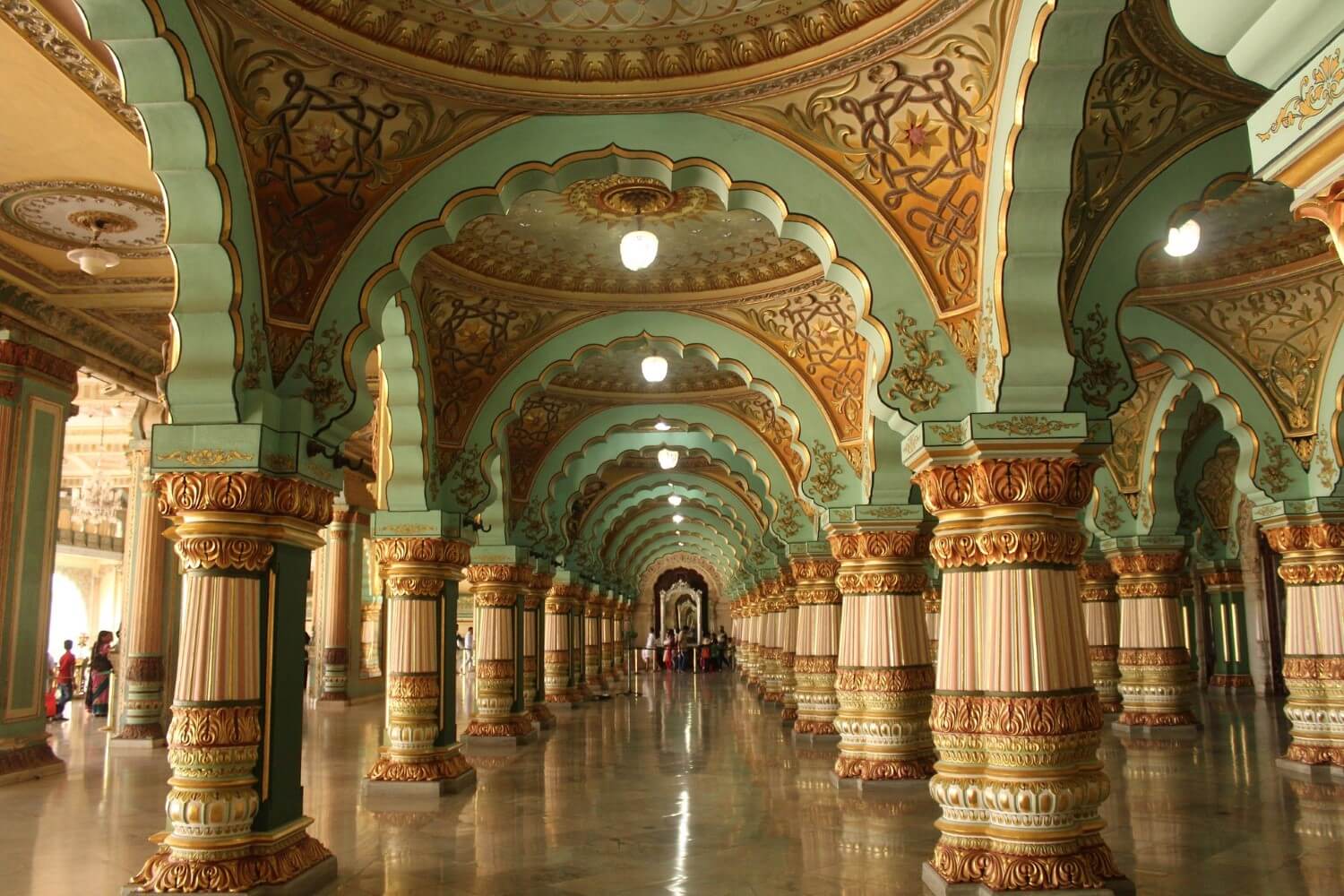Goa belongs to one of India’s best-known states. Located in the south-west of the country, it is popular for its beautiful beaches and cool parties held here. But there is also a lot to discover in terms of history, especially since the Portuguese spent more than 400 years in Goa. As a result, you will find many churches and colonial houses, and even the region’s largest city is named after a Portuguese explorer: Vasco de Gama. And according to CNN, Patnem Beach is among one of the most beautiful beaches in Asia!
Are you planning a visit to Goa And would you like to learn more about the special history and culture of this state? In this travel guide, I tell you more about its interesting history, read all about the best attractions and discover the best accommodation of this beautiful destination in India. A history-rich visit to Goa starts here…
This Travel Guide to Goa contains affiliate links. This means that if you make a booking through one of the links on this website, Travel4history gets a small compensation for it. This does not cost you anything extra by the way!
*This article is also available in Dutch – Goa Reisgids
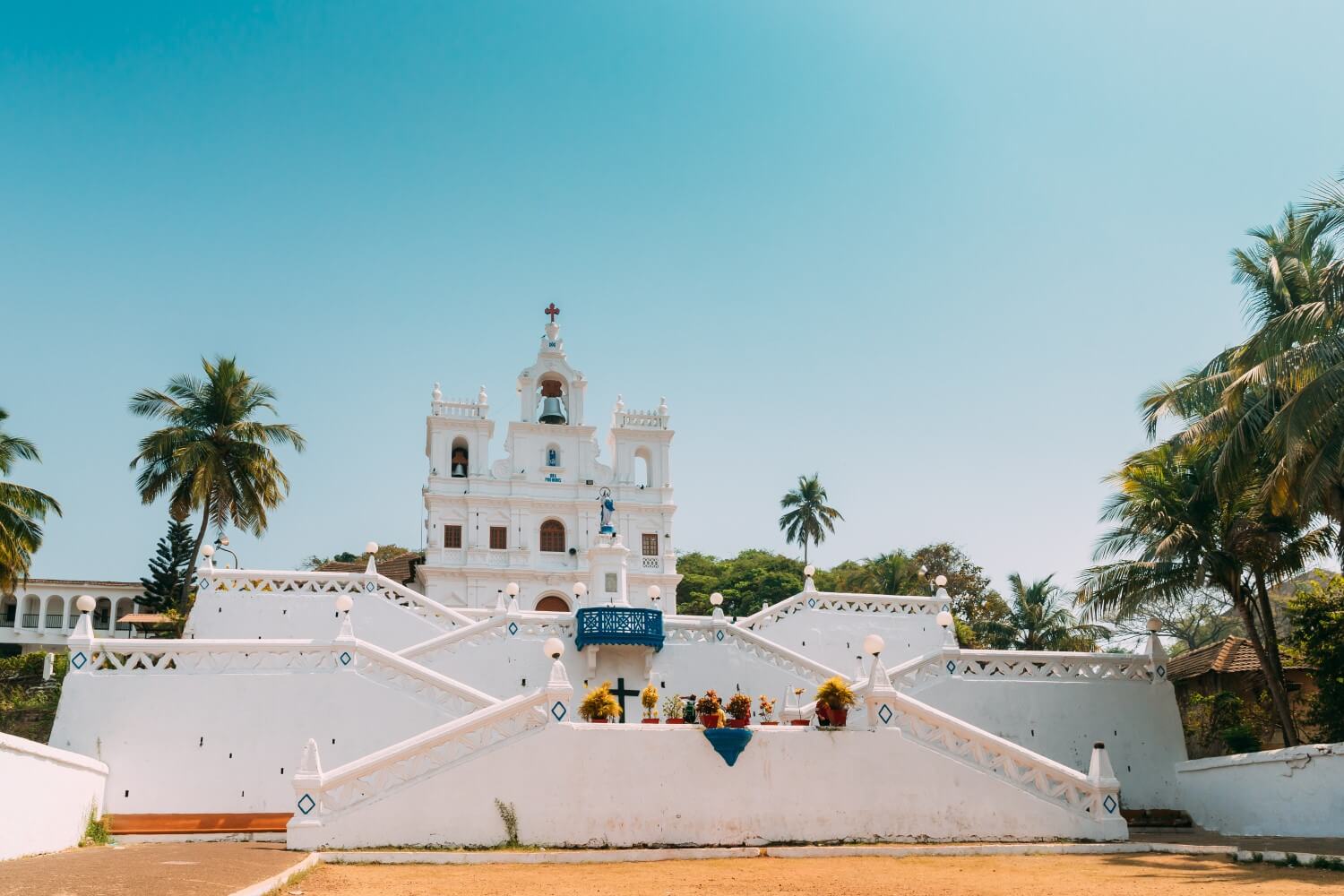
Practical information & Travel Tips
- Best Time to Travel? Visiting this region of India is best undertaken between October and May. During these months, there is little rainfall and the temperature averages above 30 degrees. The most rain falls during the summer months of June, June and August, but temperatures average between 25 and 30 degrees.
- How many days? In this beautiful region of India, you can easily entertain as many as 3 weeks. If not just for a fantastic beach holiday, there is also a lot to see in terms of culture and nature. So plan at least a week for a visit to Goa. Unless you’re here mainly for the beautiful beach…
- Accommodation? Where is the best place to book a hotel or hostel? There are plenty of nice coastal towns from where you can explore the area. In South Goa, these include Palolem and Canacona. For northern Goa, you can think of places like Arambol and Calangute.
- Tours & Tickets? Are you looking for culture and history? Then be sure to visit Old Goa. This used to be an important administrative centre of the Portuguese. It is located about 10 kilometres east of the capital Panaji.
- Transport? Dabolim International Airport is centrally located in Goa. From here, you can arrange a transfer heading north or south. There are also plenty of buses and occasional trains towards Panaji.
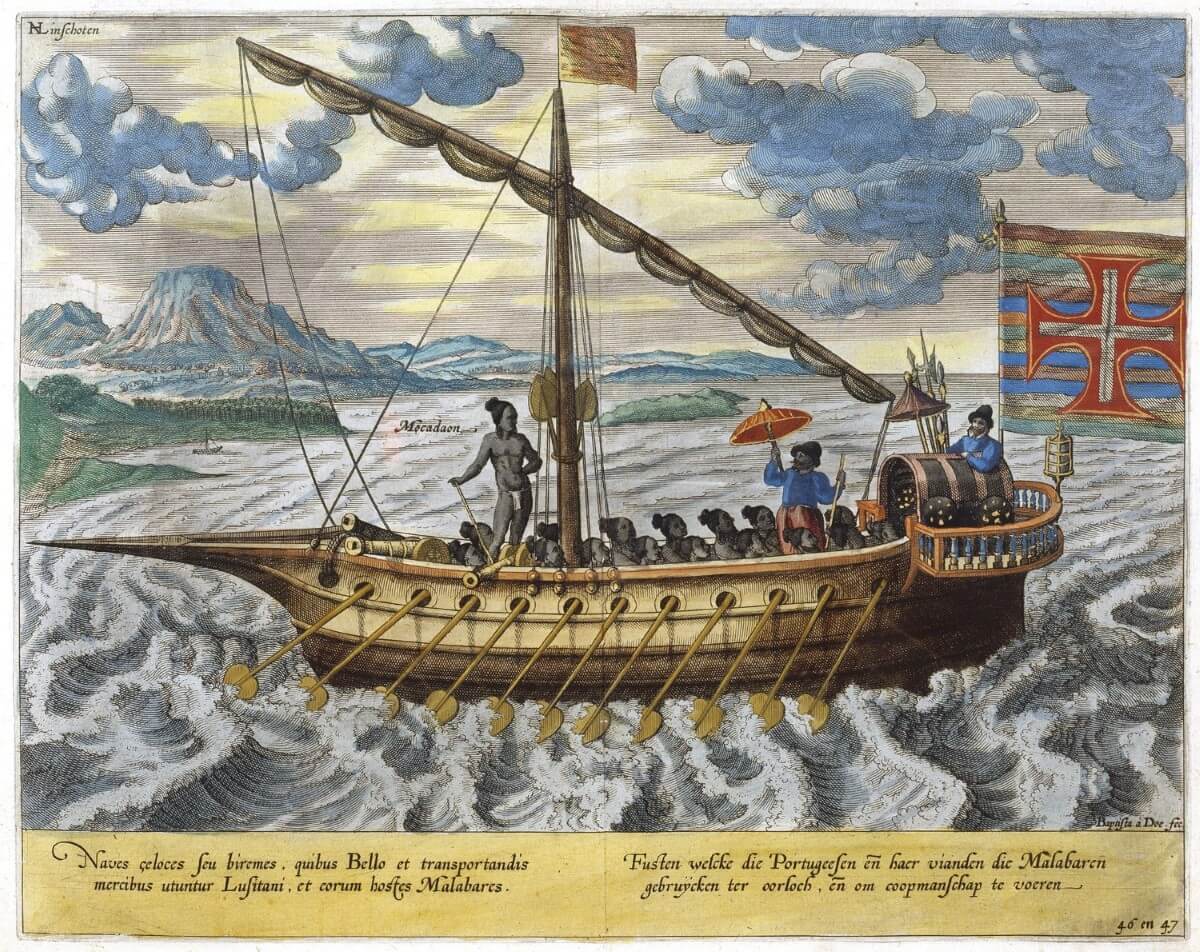
History – What makes historically interesting to visit?
According to historical sources, the history of this region dates back at least 6,000 to 7,000 years. Indeed, impressive petroglyphs have been found in the town of Usgalimal in southern Goa. Even in ancient times, Goa had developed as a trading centre with contacts from Africa, the Middle East and even the Romans.
Over the centuries, there have been many kingdoms ruling Goa. But from 1510 to 1961, this state was known as Portuguese India. You can still see some of those Portuguese influences in churches and typical colonial houses. Even the town near the International Airport is named after the Portuguese explorer Vasco da Gama (1460-1524). At the end of 1961, India took over the state from the Portuguese.
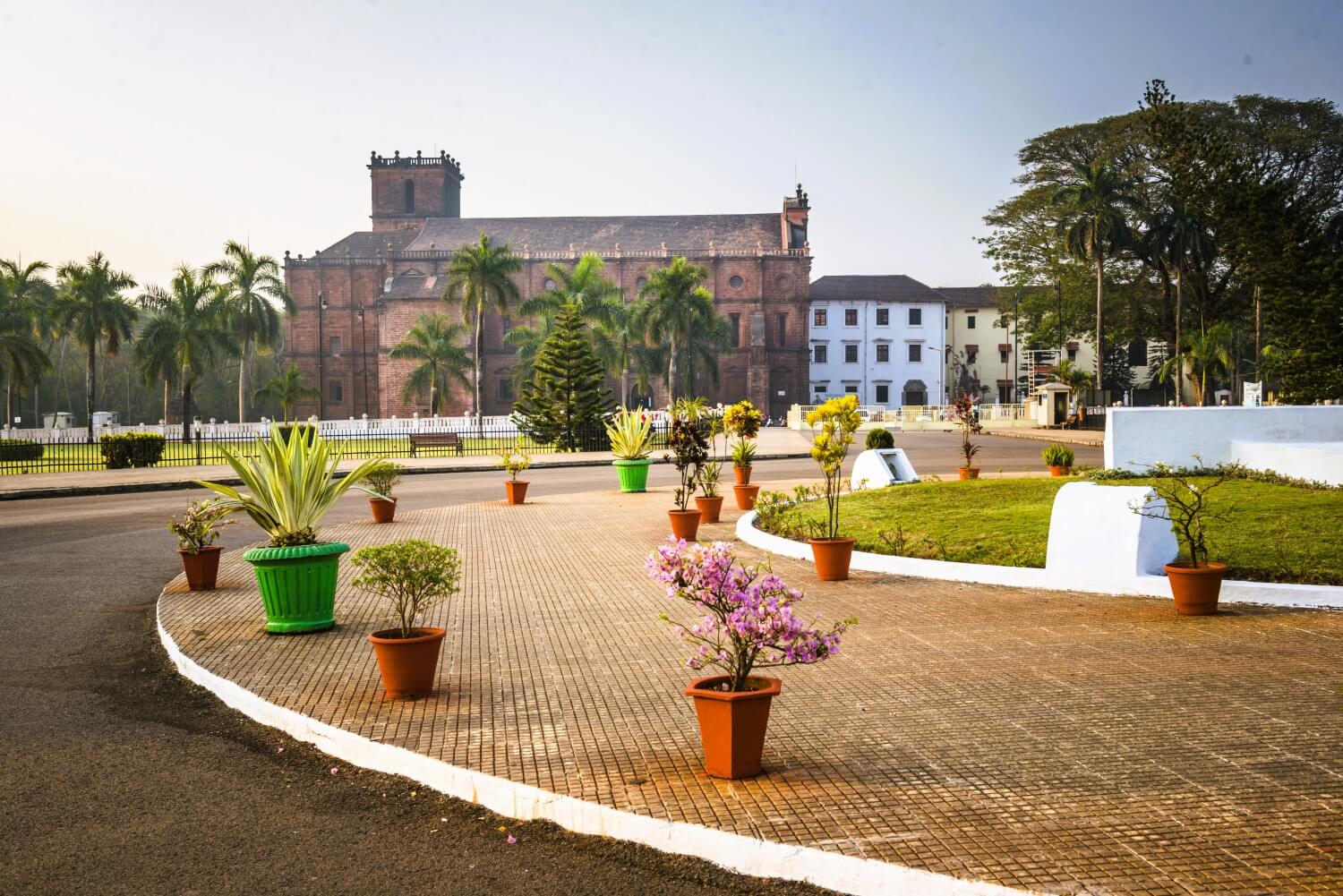
Top 5 Places to visit in Arambol
Goa is an interesting region for party and beach lovers, but there is also plenty of history and culture to discover. Below are the 5 main attractions of this state.
1. Take a stroll through Old Goa
Old Goa is the historical heart of Portuguese colonial history in this state in India. Here you will find a number of impressive churches and colonial buildings, including the Basilica of Bom Jesus. This town used to be the administrative centre from which trade was coordinated. This old trading centre is about 10 kilometres east of Panaji/Panjim.
2. Visit Fontainhas, Panjim’s Latin Quarter
The Fontainhas district is perhaps the nicest, but above all the most colourful district in the region. It is located in the capital Panjim, also known as Panaji. Fontainhas is characterised by its coloured houses, narrow streets and beautiful Portuguese villas. Portuguese is still spoken in this district and a visit to this colourful part of Panaji is definitely recommended.
3. Visit the Immaculate Conception Church
Our Lady of the Immaculate Conception Church is also located in Panjim. The current church is over 400 years old, although there was a small chapel as early as 1540, which was replaced by this beautiful building in 1609. The Immaculate Conception Church is located just outside the Fontainhas district, but is also highly recommended to visit.
4. Explore Aguada Fort and Reis Magos Fort
Across the Mandovi River from Panjim, you will find the Aguada Fort and the Reis Magos Fort. The Reis Magos Fort is the older of the two and dates back to 1493. The then sultan of the area had this fort built, after which the Portuguese had it expanded around 1550 and built a church there. Fort Aguade dates back to 1612 and its purpose was to protect trade from the Dutch, among others. Both forts have been left in good condition.
5. Explore the Shanta Durga Temple
Besides lots of colonial buildings, you’ll also find plenty of temples in Goa. One such temple is the Shanta Durga Temple in Kavalem Village, near Ponda. The history of this temple dates back to more than 450 years ago. The temple worships the Goddess Durga. She is the invincible warrior goddess who fights against the male demons that threaten the world order. The temple’s design is a mix of Indian and Portuguese influences.
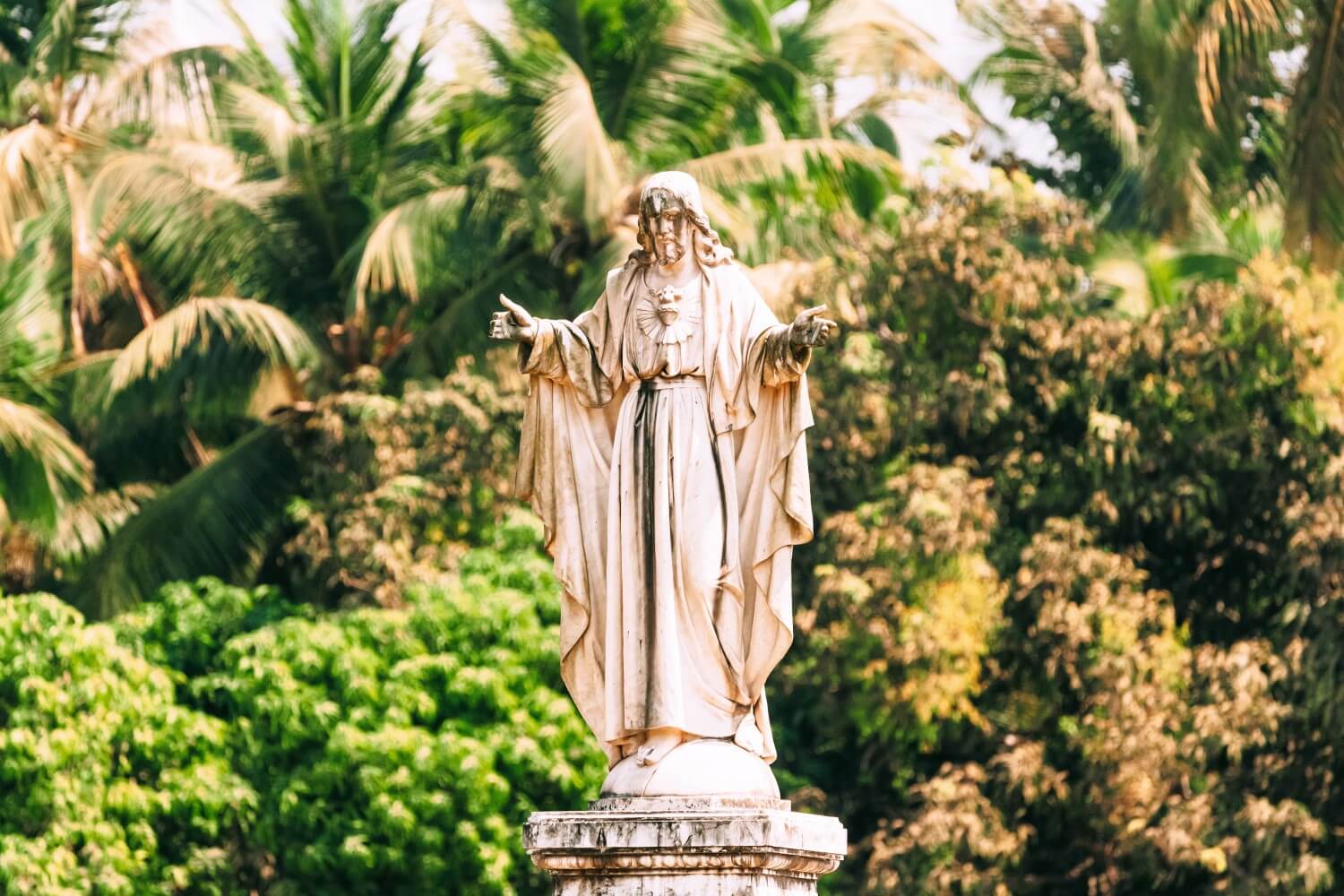
Accommodation – Where to stay in Goa?
Goa is India’s smallest state. Yet there is an awful lot to see and do here. Where is the best place to stay? Here are a few options.
Vasco da Gama: Located next to Goa International Airport, this town is named after Portuguese explorer Vasco de Gama (1460-1524). You shouldn’t be here for a beach holiday, but you should if you want to learn a bit more about the history of this state. Book your hotel or hostel in Vasco da Gama here.
Panaji or Panjim: This is the capital of the state of Goa. Again, you go here to discover more of the culture and history of this region. A major attraction is the Our Lady of the Immaculate Conception Church with a history of almost more than 500 years. West of the city, you can relax on one of the beaches found there. Book your hotel or hostel in Panaji here.
Palolem: This town is located at the very south of Goa. Palolem Beach is particularly popular among international tourists. In fact, it is considered one of the most beautiful beaches in the region. Go here especially if you plan to surf or join a yoga course, among other things. Book your hotel or hostel in Palolem here.
Arambol: This place is located in the very north of Goa. I myself stayed here for a week. Again, you go here mainly to enjoy the beach. In this travel guide on Arambol, I tell you more about the main attractions of this place in Goa. Or book your hotel or hostel in Arambol here.
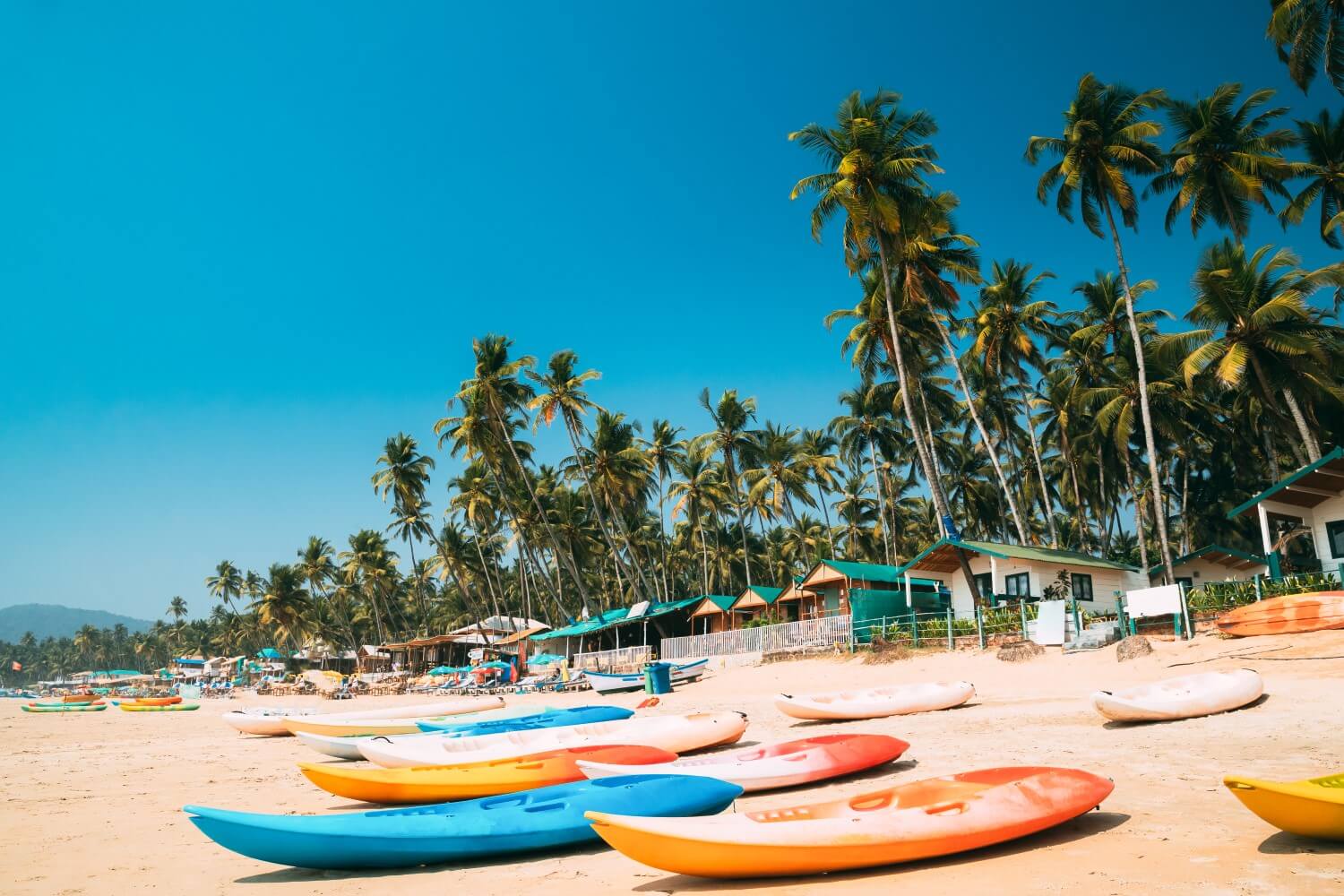
Transport – How to get to Goa?
Goa is a popular tourist destination in India. Therefore, many flights depart from the International Airport to destinations worldwide. From Europe, there are not many direct flights, but you can easily get to Goa with a transfer in, for example, Mumbai. Book your tickets to Goa here.
From the International Airport, it’s best to take a transfer to Panaji. In fact, there are only a few government buses a day from the airport. A taxi will therefore get you to your destination faster.
Plan your trip to Goa & India
- How to book accommodation? Hotel via Booking or Hostel via Hostelworld?
- Activiteiten: Tickets & Tours, including a Heritage Tour of Portuguese mansions and museum
- Transport: Bus & Train Tickets
- Flight tickets to Goa & India? Skyscanner
Do you have more tips, ideas or comments about this Travel Guide to Goa, India? If so, feel free to leave a message below.
